ICL model predicts lithium-ion batteries most competitive for storage applications by 2030
Green Car Congress
JANUARY 10, 2019
levelized cost)—as opposed to the investment cost—of 9 electricity storage technologies for 12 different applications between 2015 and 2050. We have found that lithium-ion batteries are following in the footsteps of crystalline silicon solar panels. Credit: Schmidt et al. 2018.12.008.


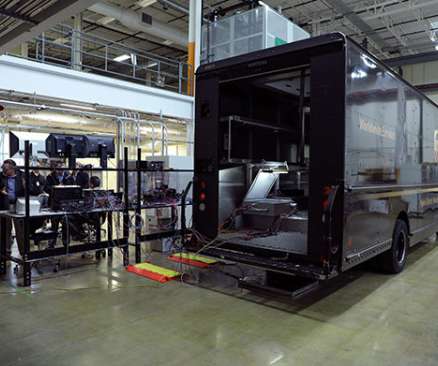





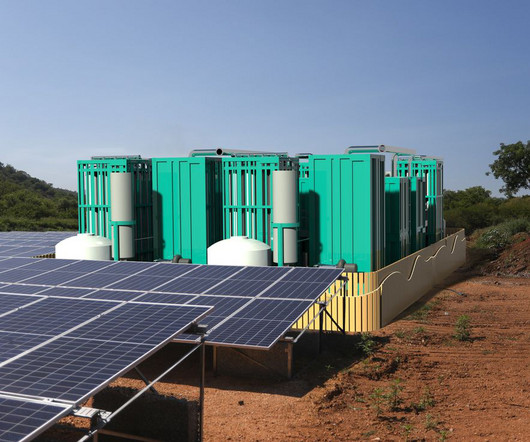





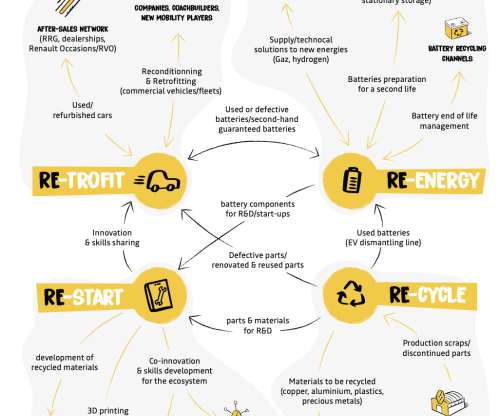

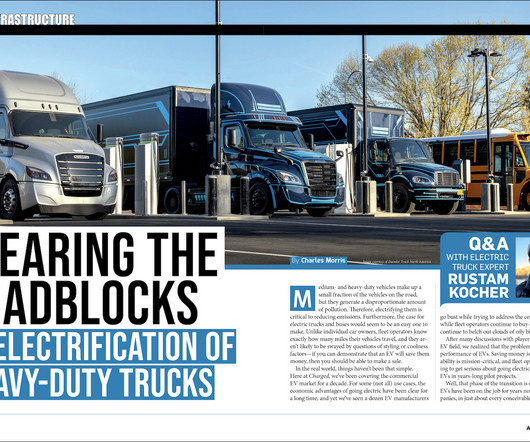
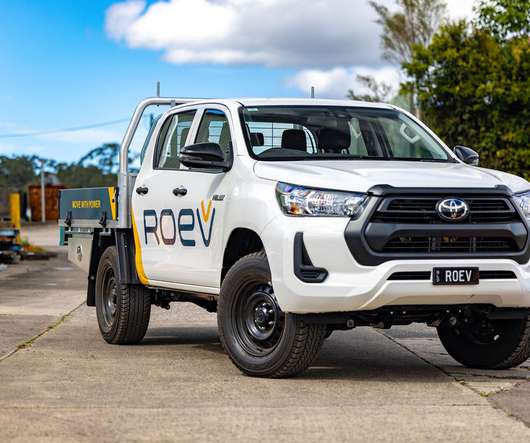









Let's personalize your content